Should I Engage my Buttocks in a Backbend?
In the yoga world, there are many opinions on alignment and what muscles “should” or “should not” be engaged. One of the common questions I get is, “Should I engage my buttocks in Wheel pose or bridge pose?” I decided it’s time to address this question with a video response to help clarify the anatomy behind the posture.
In the video, I go over the anatomy of Full Wheel aka Upward Facing Bow or Urdva Danurasana. The action at the hip joint in this pose is called extension. This is when your thigh bones go back behind your pelvis; think of the back leg in a crescent lunge pose. The muscles that create extension at the hip are the Gluteus Maximus, Hamstrings, and Adductor Magnus. The Gluteus Maximus is the big buttock muscle that most of us see as “The Butt.” To easily answer the question of whether one should engage their buttocks or not when going into Urdva Danurasana, I would say yes of course. To be more specific, if you are trying to go into extension at the hip it is incredibly useful to employ the muscles that create that action.
“Wait, why have people told me to relax my butt??” The origin of this cue was based on the fact that so many people splay out their knees, which is a result of external rotation at the hip. One of the muscles that create external rotation at the hip is the Gluteus Maximus…yes, it performs both actions. So by trying to relax that muscle, you may not externally rotate as much. The issue with that is that the over external rotation is mostly a problem if you are using the deep external rotators of the buttocks – this could throw off the sacrum and cause the pinch in your upper pelvis, hip, or low back.
My personal suggestion is simply to turn on your internal rotators, which are your outer gluteus muscles (gluteus medius and minimus), TFL, and Adductors (inner thigh muscles). Don’t worry, you don’t need to know these muscles in order to internally rotate your thighs. All you need to do is focus on pressing down through your inner heels and big toe mound. By focusing on pressing into your inner feet, you will undoubtedly turn on your internal rotators without compromising the extension at the hip that is gained from the Gluteus Maximus engagement.
With my mentorship students, I break down the difference between what I call Balancing Action and Fundamental Action. Knowing the difference makes it so much easier to know what is appropriate for yourself in any given posture. A Fundamental Action is any action that is required for the posture to exist. In the case of Urdva Danurasana, the Fundamental Action at the hips is Extension. Without the action of extension, your hips wouldn’t leave the ground. A balancing action is any action that is the opposite of the fundamental action, or the opposite of what the tendency is when creating the fundamental action. In this case, when creating the fundamental action of extension at the hips, the tendency will be to let the knees splay out to the sides (external rotation at the hips). A balancing action, in this case, is Internal Rotation at the hips which would keep the knees straight forward. Just to clarify, the direction of your knees isn’t the direct concern, it’s more about what is happening in the hips and sacrum that is of importance.
Can you do Urdva Danurasana with externally rotated legs? Yes of course! Will it be good for you? That’s a great question, and dependent upon so many factors in your body. My suggestion is until you have a deep relationship with your body and know what is a good sensation and what is not good, simply stick to the balancing action of internal rotation at the thighs by pressing the inner heels down.
I recognize this conversation is quite technical. If this was challenging to follow, simply watch the video to gain the visual aid as well. Enjoy strengthening and engaging your buttocks! If you are interested in learning more about techniques and anatomy, let’s set up a call to see if the Mentorship Mastery Program is right for you!
Hip extension
In order to go into hip extension in poses like Urdva Danurasana (full wheel pose) you will need to recruit your hip extensor muscles, which are located in the buttocks. By relaxing these muscles you are relying on your back muscles to do the heavy lifting.
Elements of Mastery
Gain masterful body awareness with this easy to follow, step-by-step approach to the yoga practice. With over 40 hours of videos, podcasts, and written materials this is the most in-depth online yoga training you can find and it’s exclusively lead by Matt Giordano. Step on to the road of Mastery, and establish your heart’s connection with nature today!
3 Steps to Activate the Buttocks
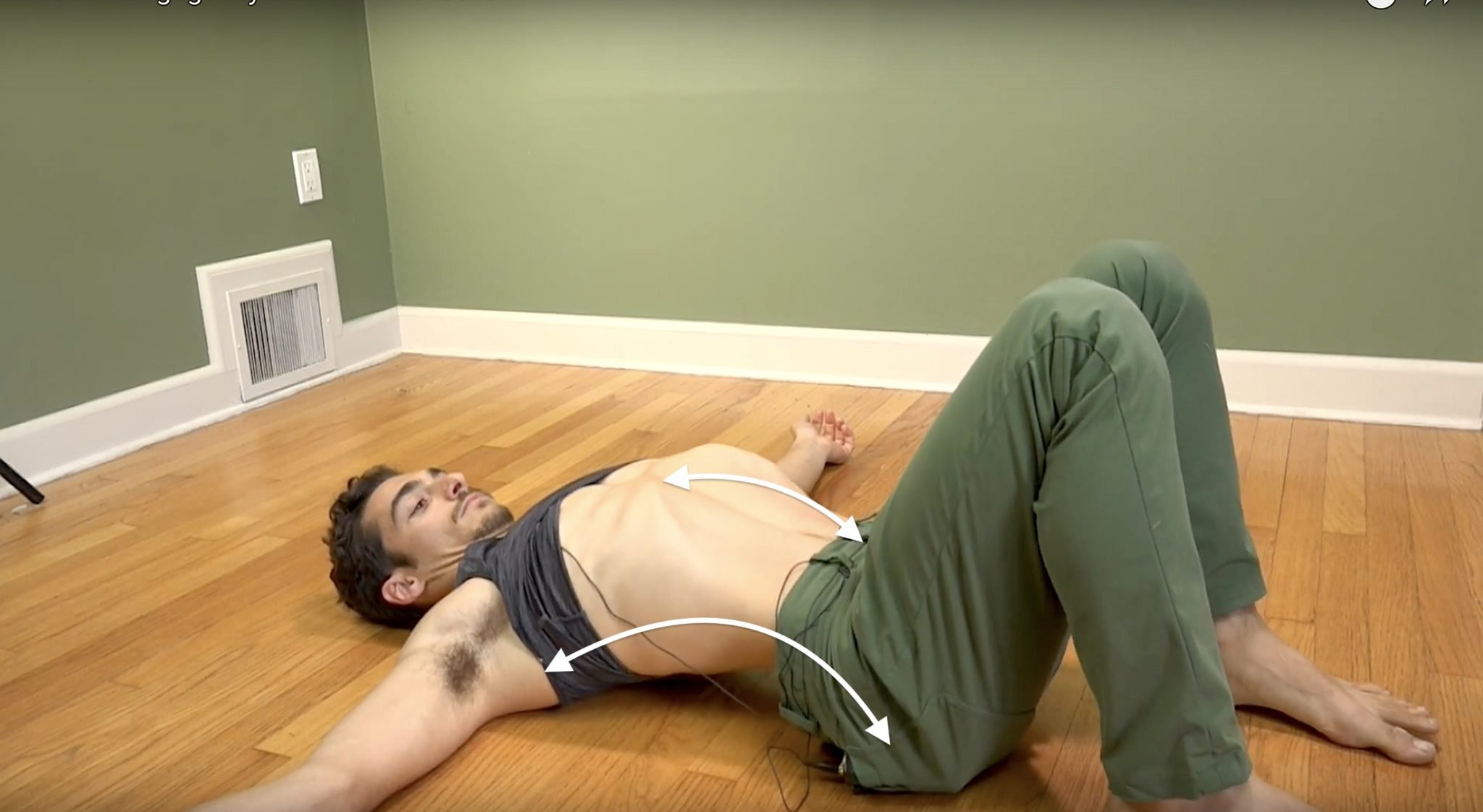
Step 1 - form The Arch
Forming the arch first is recommended prior to placing more force and pressure on the spine and hips. If you don’t feel a sense of spaciousness while lying on the ground, you certainly won’t feel it when applying more pressure. Often the inability to activate the transverse abdominals correlates with a lack of spaciousness between the vertebrae of the spine. Transverse abdominals cause the vacuum effect in the abdomen and typically make it easier to lengthen the solar plexus away from the pubic bone which is indicated with the smaller arrow. The larger arrow is to call your attention to the evenness of the curve. Most people place their backbend in just the mobile parts of their spine and doing so will simply exacerbate your patterns. Try to put less effort into the mobile areas, and more in the stiff areas.
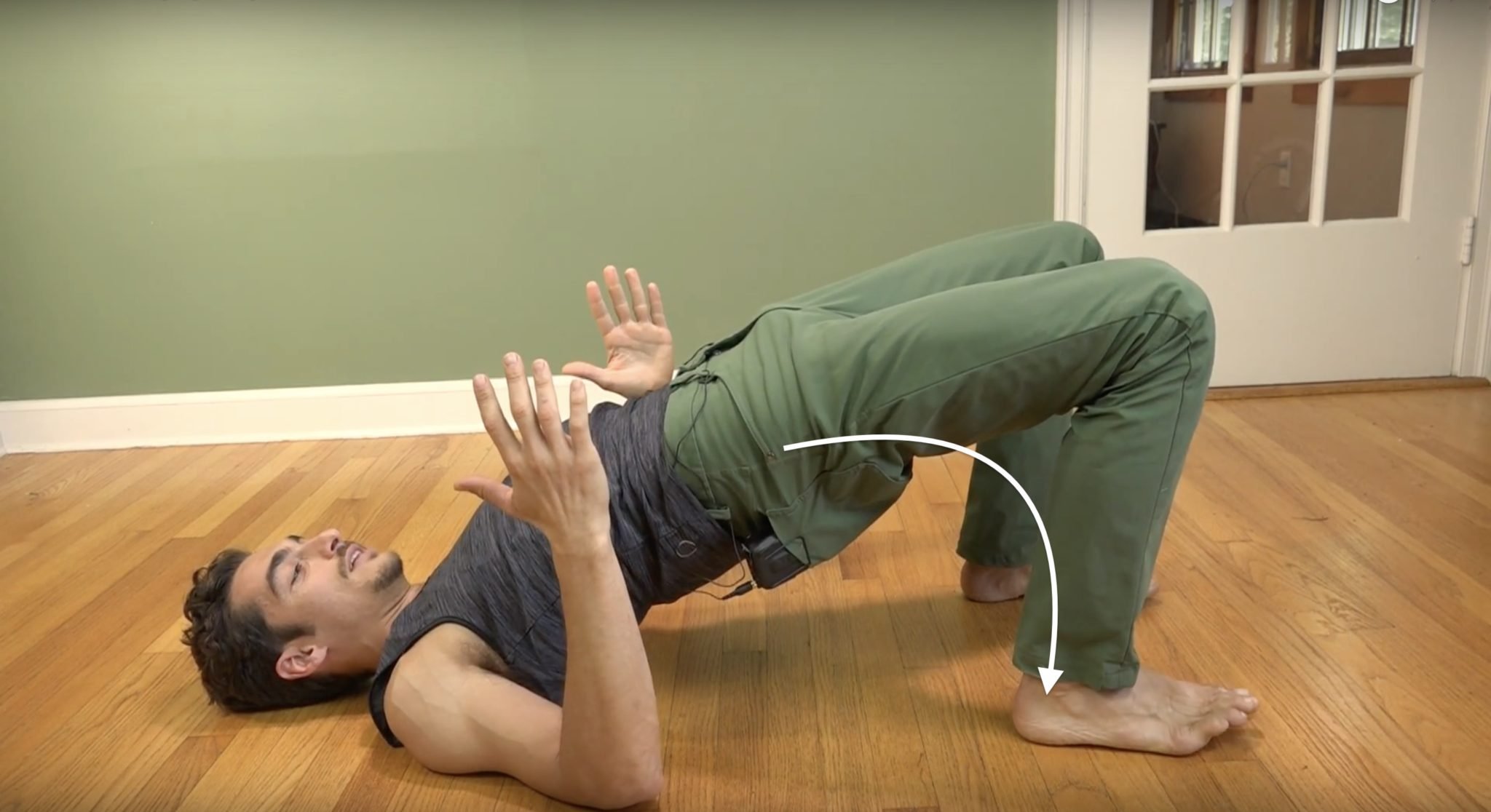
Step 2: extension at the Hip
When doing postures like bridge and full wheel, this action is crucial in that it is what creates the pose. Without activating the buttocks you will be relying on your back muscles alone to lift your hips up and as a result, you will likely cause too much compression in the spine. This doesn’t mean that activating the buttock will be a magic pill but it will help to disperse the pressure. In addition, the buttock muscles are super important to our posture when walking, standing, and even sitting. Maintaining strength and awareness of what they do in the body is crucial to health and longevity. To make step three easier, it is helpful to think of pressing down through the inner heels however, if that feels too challenging, simply press the outer heels down first and then work step 3 second.
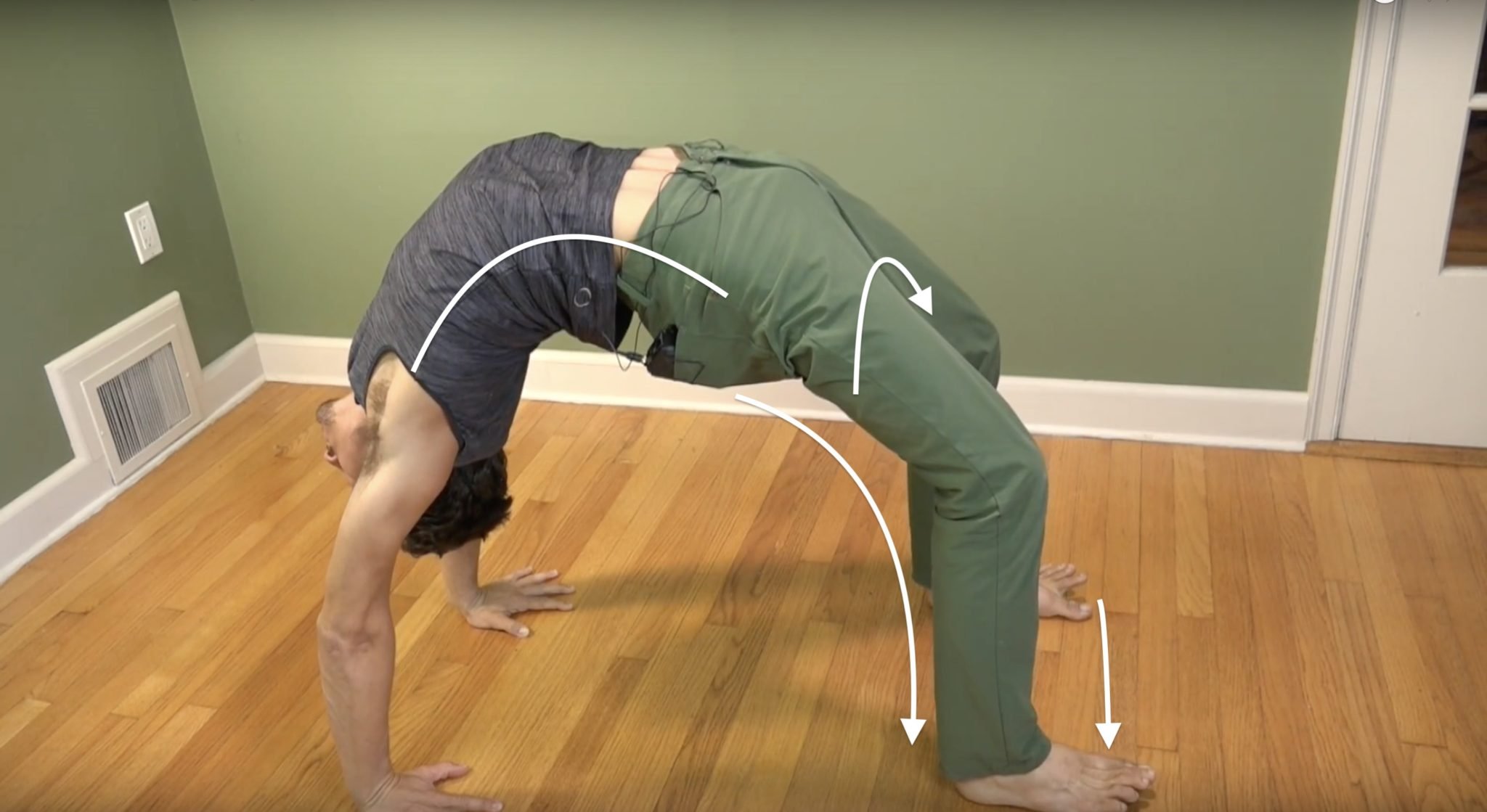
Step 3: Balancing Action
Internally rotating the thigh bones will balance out the external rotation that happens when pressing down into the heels. When pressing down you are activating the hip extensors, and since the extensors of the hip are also external rotators, the thighs will tend to externally rotate. There is nothing inherently wrong with this however, it could cause over-activation of some of the deep external rotators causing unnecessary tension in the hips or sacrum. Some people will also experience sacral pressure as a result of the force placed on the S.I (sacral-iliac) joint from extension and external rotation. By activating the internal rotators you can balance out the hip extension and maintain neutral rotation and likely find more ease in the S.I joint.
Releasing the Buttocks
One of the issues people experience after activating their buttocks is gripping sensation. This often happens when the muscles are weak and trying to find any way to engage. This goes away as the muscles get stronger but the easiest way to release this is a posture like pigeon pose to stretch these muscles after backbends. Pigeon pose is also wonderful in that it doesn’t overly round the spine after backbending which could otherwise be dangerous on the intervertebral discs.
Gravity: Not All Backbends Are the Same
The action of activating the buttock muscles here is most important in bridge and wheel pose because of the relationship to gravity. If we were doing something like bow pose it may still be beneficial to activate the buttocks, but chances are it won’t have the same effect and might even cause more compression on the spine. In that pose, the quads are typically more important because your hands are connected to your feet. When grabbing your feet for this posture, you will have activated the hamstrings and buttock already and the work in this posture will be lengthening the arch and finding an even disbursement of extension in the spinal column. This doesn’t mean you should not engage the buttocks, but in this case, your hands holding your feet are the cause for hip extension. For now use the tips in this blog for postures like full wheel and bridge, as well as the one leg up variations.
6 Comments
Trackbacks/Pingbacks
- yoga pose alignment full wheel - THEYOGIMATT - […] To learn more about the propper set up for wheel pose, check out Backbends and The Glutes with a…
- release low back pain in backbends - THEYOGIMATT - […] To learn more about the proper set up for wheel pose, check out Backbends and The Glutes with a…
Submit a Comment
You must be logged in to post a comment.
Hips: Rock & Unlock 'Em
Get 2 full hours with Matt Giordano focusing on the techniques that increase the range of motion in your hips and provide long-lasting freedom. You will have immediate, unlimited access, and can enjoy the benefits today!
Continue Learning
Conquering Compass Pose
Conquering Compass PoseSURYA YANTRASANACONQUERING COMPASS POSE Conquering Compass Pose isn’t about forcing your leg behind your shoulder—it’s about understanding and participating in the muscular coordination that makes the posture possible. The real power comes from...
Leg Over Head Pose
Leg Over Head PoseEKA PADA SIRSASANALEG OVER HEAD POSE Leg Over Head Pose is one of those postures that challenges not only our bodies but also our mindset. When faced with a seemingly impossible pose, we tend to respond in one of three ways: dismissing it as...
Spanda In Backbends
Spanda In BackbendsSIDE PLANKSPANDA IN BACKBENDS Spanda in backbends is the key to creating both stability and freedom in spinal extension. Backbends are not just about bending; they require a balance between expansion and controlled engagement to prevent excessive...
Bound Half Moon
Bound Half MoonBADDHA ARDHA CHANDRASANABOUND HALF MOON The elements involved in Bound Half Moon are many. There’s a lot at work and more than meets the eye. Our ears, eyes, muscles, and proprioception help us to balance. When it comes to which element carries more...
Sciatic Nerve Pain
Sciatic Nerve Painhip strengthSCIATIC NERVE PAIN The sciatic nerve runs from the lower back through the glutes and down the leg, making it one of the longest nerves in the body. Because of its length, it can easily become irritated or pinched, leading to pain anywhere...
The SI Joint
The SI JointalignmentTHE SI JOINT What is the SI Joint? To understand what it is, we must discuss all that surrounds it. First, the Sacrum is a triangular-like shaped bone that sits between the two sides of the pelvis (the left Ilium and right Ilium). Now each Ilium...
THANKS FOR JOINING
Hips: Rock & Unlock 'Em
Get 2 full hours with Matt Giordano focusing on the techniques that increase the range of motion in your hips and provide long lasting freedom. You will have immediate, unlimited access, and can enjoy the benefits today!
The Elements of Mastery
Are you looking to go deeper in your study of yoga and want an online resource to support you in your journey? This training packed with content to advance your practice and teaching! You can take your time or immerse yourself in the training.
THE FREE TECHNIQUE PACK
When You Subscribe, You Will Get Instant Access to
- the Technique Pack: 15 yoga pose breakdowns
- exclusive online course discounts
- exclusive blogs and videos

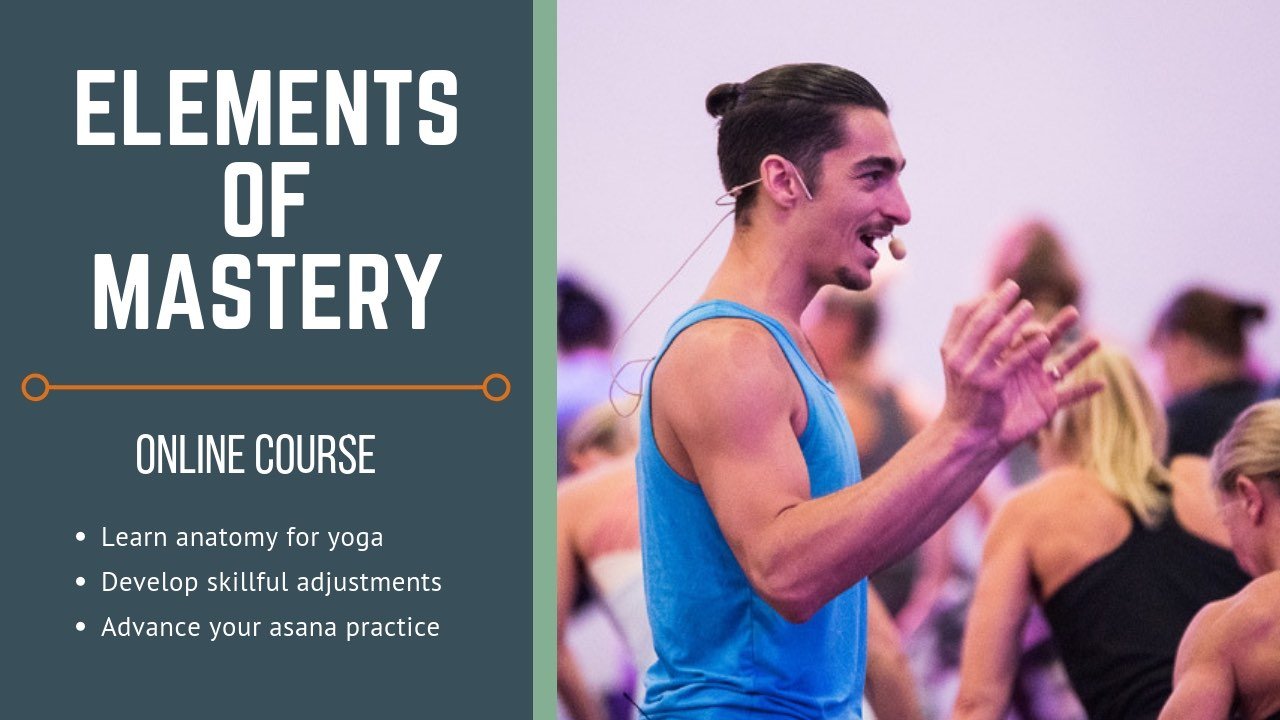
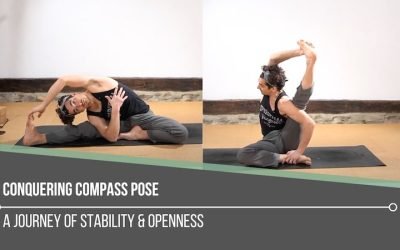
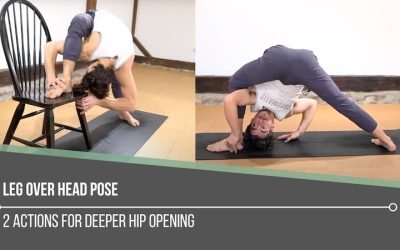
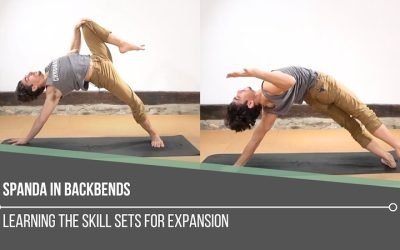
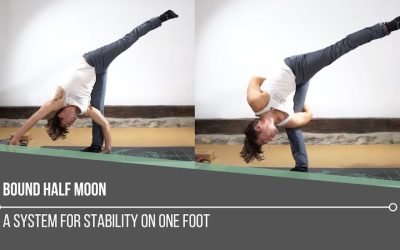
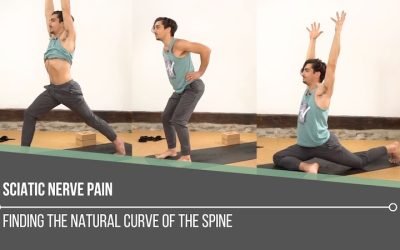
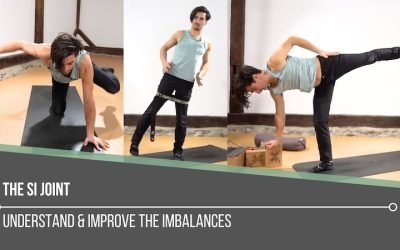
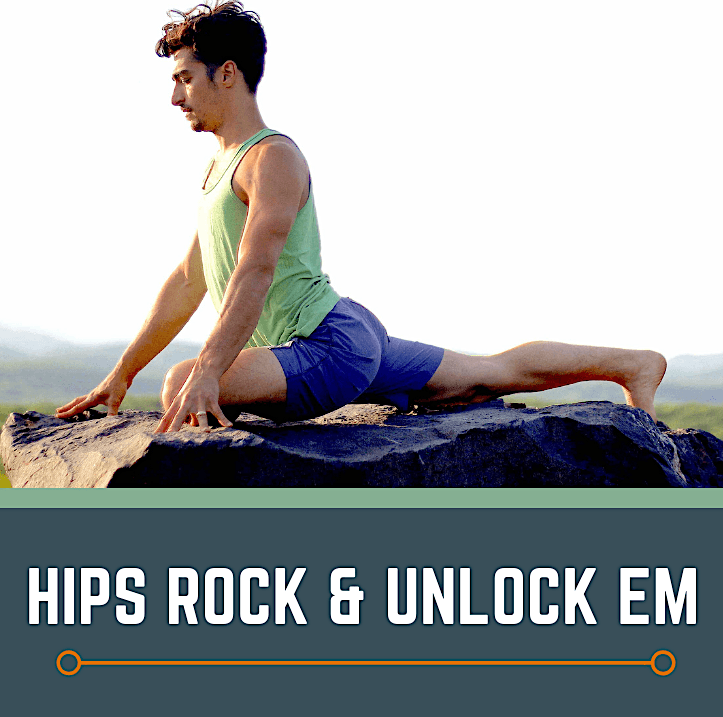
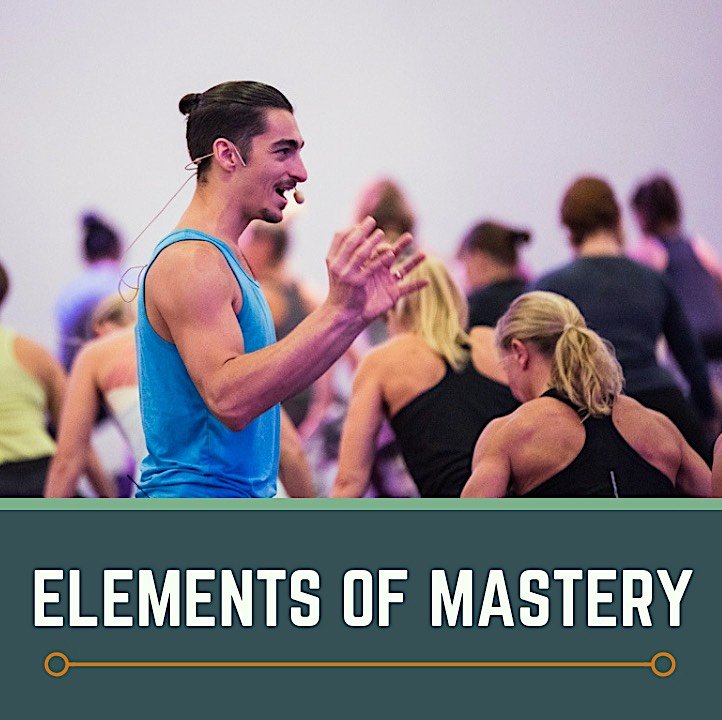
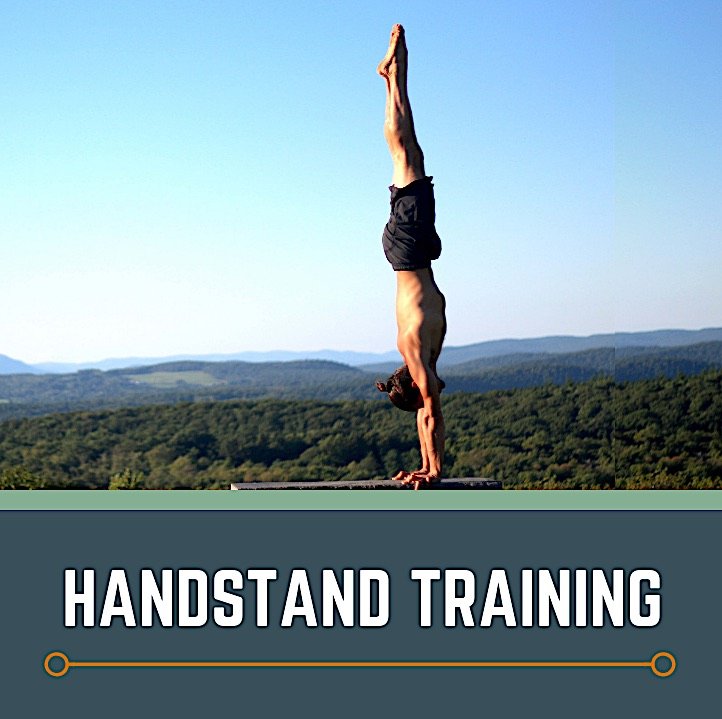


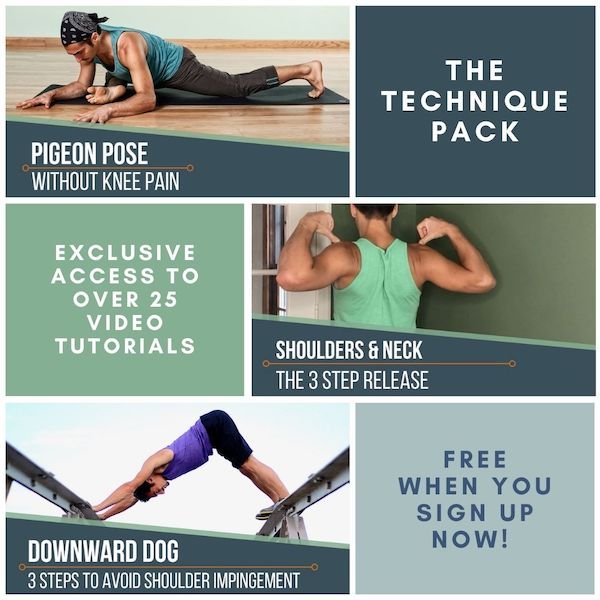
wow,this is great! It makes sense,feels great and totally works! I can’t wait to share it with my students and see how they like it! Many,many thanks for sharing your amazing teaching! Warm regards,Monique
thank you so very much Monique, I am so glad to hear that
Thank you so much Matt. It totally clarifies why it feels so much lighter when I press down into the big toe mounds and inner heals. I am able to move upward and forward with my eternally clenched glutes
HI thanks so much for reading here and thank you for sharing that!! I’m so glad this is helpful
Hi Matt
I am new to you and your information. I find you cues and explanations very precise and easy to follow. I appreciate finding you.
I am a yoga teacher. I also have been having a chronic pain I my right sacral area. It is so painful. I have been told that it is sciatica And that it will go away when it wills. Can you
Help me with any poses or stretching which may give me relief?
I would highly recommend seeing a specialist and making sure it is sciatica, and then assessing where the issue originates – sciatica can come from the low back being misaligned, it can come from the sacrum being out, or your deep buttock muscles being tight, weak or tense. In addition I would recommend getting the Hips Rock ’em and unlock em workshop on https://www.theyogimatt.com/shop – if it is a muscle imbalance – you will feel relief after 3-5 times of working through this workshop and learn how to keep it from coming back. the workshop can also help you with aligning the sacrum as well. All that being said I still would advise seeing a specialist.